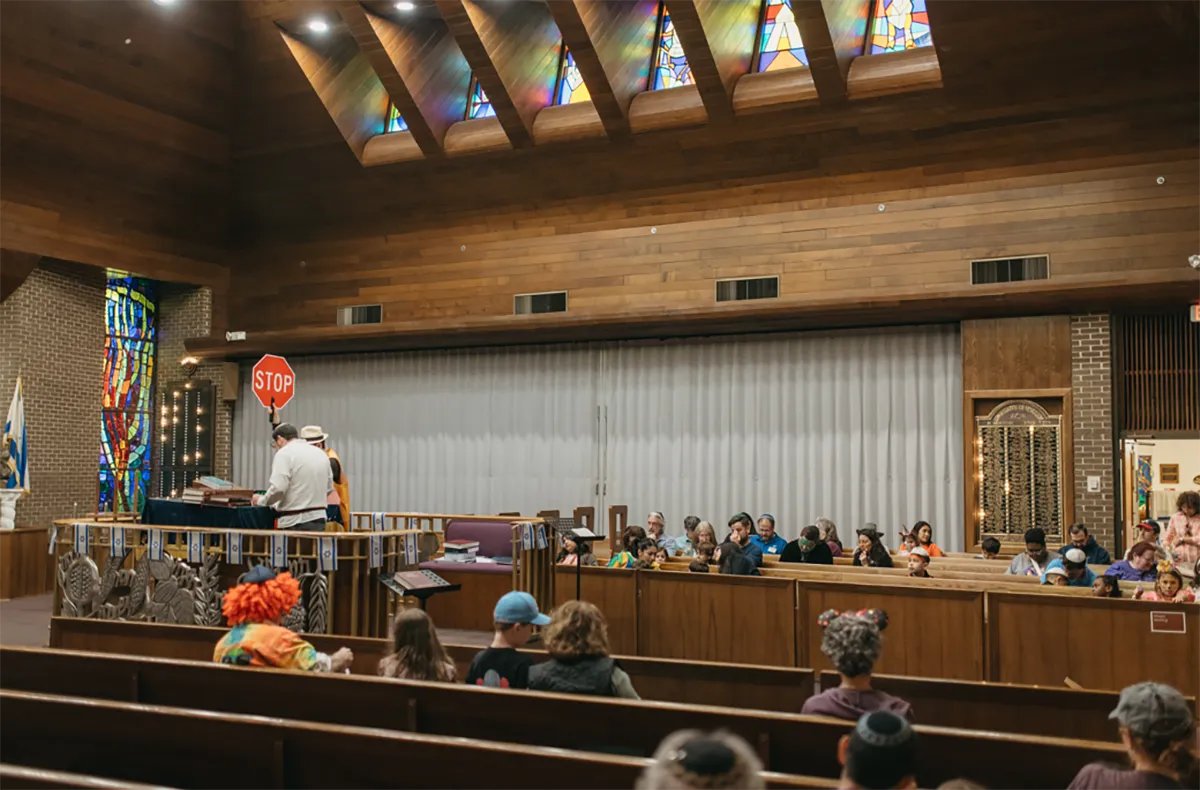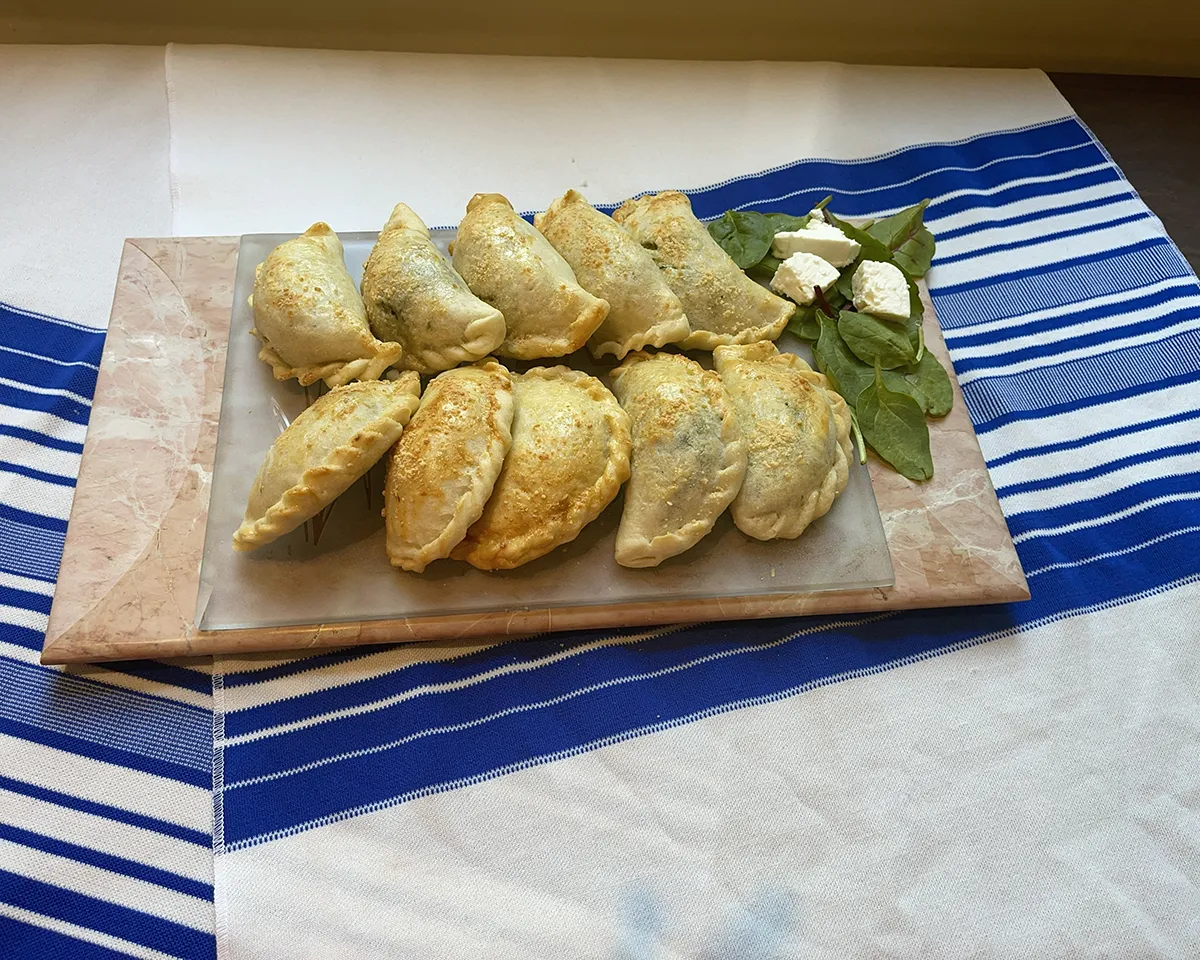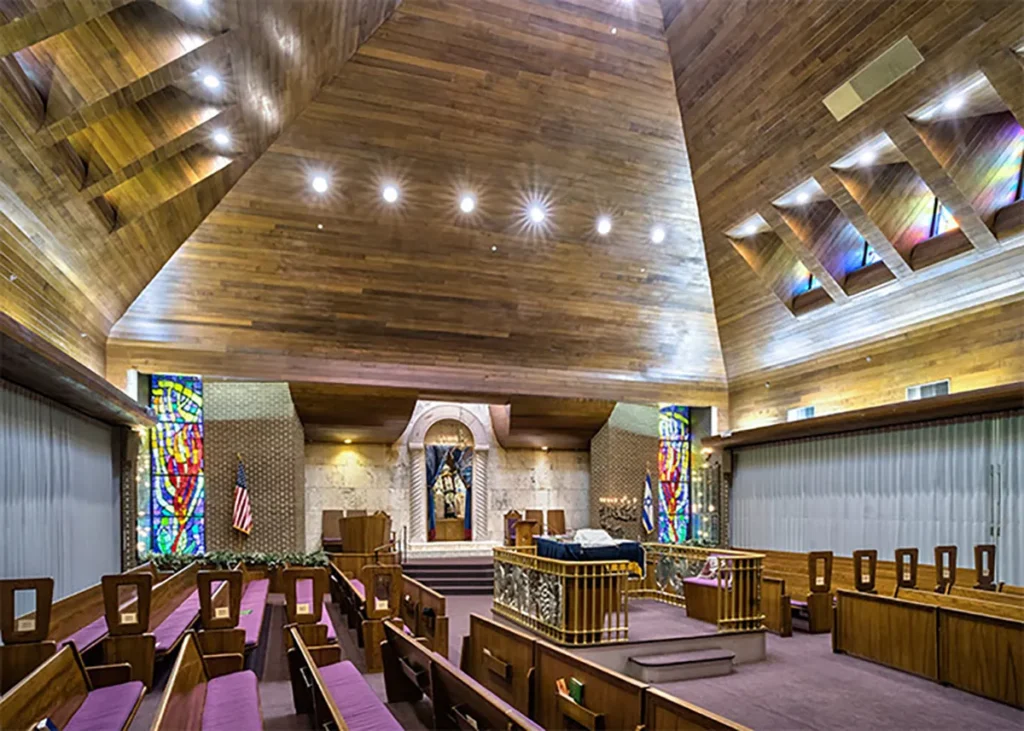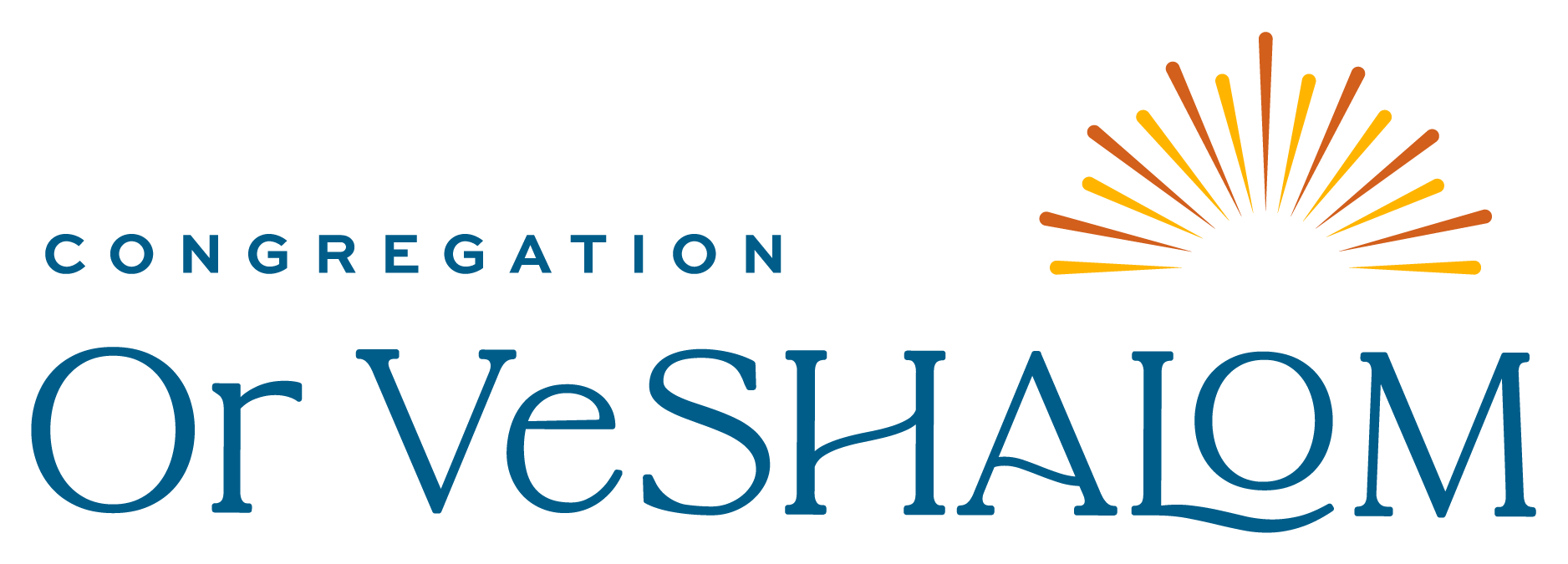Sephardic Judaism
Congregation Or VeShalom (OVS) was established by refugees of the Ottoman Empire, namely from Turkey and the Isle of Rhodes. OVS traces its genesis to the Edict of Expulsion propagated by King Ferdinand and Queen Isabella on March 31, 1492. The Spanish monarchy, spurred on by the Catholic Church, decreed that all Jews must leave Spain within six months or convert to Catholicism. Those who chose to do neither were condemned to die.
“The people heard this evil decree and they mourned. . . . There was great trembling and sorrow the likes of which had not been experienced since the days of the exile of Jews from their land to the land of foreigners. The Jews encouraged each other: let us strengthen ourselves on behalf of our faith, on behalf of the Torah of our God. . . . if [our enemies] let us live, we will live; and if they kill us, we will die. But we will not profane our covenant [with God], and our hearts will not retrogress; we will walk forward in the name of the Lord our God.”1
An estimated 300,000 were expelled from Spain, which indicates that a considerable amount of Jews chose to leave Spain rather than forsake their Judaism. However, those who stayed and converted to Christianity have become known as Marranos (or Conversos)–those who adopted a public Catholic identity and wore it like a mask over their Jewish face.2
Language
These exiles fled to the Ottoman Empire where they remained for more than four centuries in secluded communities, keeping alive their Spanish language and culture in the hope of someday returning to their ancient homeland of Spain. For more than a thousand years, living among diverse people in the Ottoman Empire, Jews spoke their own unique language and wrote it in Hebrew. Ladino (also known as Judezmo) is the language which arose among the Jews of medieval Spain through their everyday interaction with speakers of Old Castilian, other varieties of medieval Ibero-Romance, and Iberian Arabic, and flourished following the 1492 Expulsion of the Jews from Spain what were to become Turkey, Greece, Bulgaria, Yugoslavia, Romania, Israel, Egypt and wherever Jews from those places immigrated.3

Sephardic synagogue melodies of Rhodes, for example, were imbued with a middle-eastern flavor, but sung in their Judeo-Spanish tongue. Ladino continues to make a formal and informal appearance during the services at OVS, such as when the ark is opened, during blessings and in piyutim (songs).
Food

At OVS, we carry on the traditional foods prepared by our ancestors of the Ottoman Empire. Our most popular cuisine is the bureka (from the Turkish boreklar), a meat-filled pastry characterized by its unique dough. Other fillings of burekas include potato, spinach, eggplant and rice and are lovingly prepared and baked by our Sisterhood members. Biscochos, twisted cinnamon and sugar cookies, are also prepared on a regular basis and available year-round. We also have other coveted foods, available only at the Hanukkah Bazaar, including curabies, marouchinos, moustchudos, pinyonates, travados and quajado.
A New Century
As the strength and prowess of the Ottoman Empire waned, the harsh conditions set forth by anti-semitism in the region continued, which sent Jewish families packing and moving to other less hostile countries. At the beginning of the 20th century, tens of thousands of Jews migrated to America; some from the Isle of Rhodes and from Turkey made their way to Atlanta and founded Or VeShalom in 1914. At that time there was a membership of 57 families.
At the time OVS was formed, other synagogues already existed in Atlanta, which serviced Eastern European Jews (Ashkenaz) whose customs differed from that of these Spanish/Mediterranean Jews (Sephard). OVS’s most outstanding attribute was servicing the minority Sephardic Jewish community of Atlanta. Jews who identified themselves with Sephardic customs immediately associated themselves with the new congregation, as Or VeShalom’s identity was unmistakably unique from the other synagogues in Atlanta.

Over the course of the century since its inception in 1914, OVS grew in membership, which not only prompted the installation of a Sunday religious school, it also prompted the building of a permanent sanctuary and education wing in 1970. The congregation’s first permanent Keilah was at Central and Woodward Avenues where it remained from 1920 to 1948, when a larger building was acquired on North Highland Avenue. The current building on North Druid Hills Road, which has an award-winning design, was dedicated in 1971 and rededicated in August 1998, with the addition of the rotunda and Victor D. Maslia Wing, in memory of member Victor D. Maslia. The rotunda is designed to celebrate the Sephardic expressions of culture and the traditional symbolism of the Jewish religion.
The six smooth stone spheres placed around the outside walls of the Rotunda silently echo remembrance for the six million Jews murdered in the Holocaust—each one stands as a wordless marker of the hollowness left by the horror of their loss. The floor of the Rotunda is Jerusalem Stone—marble quarried in Israel and shipped to Atlanta. On the outside of the Rotunda on the entablature is an inscription from our biblical teachings (Psalms 118, Verse 20): “This is the Gate to the Lord, Let the Righteous enter it.”
The Sanctuary

At the front of the sanctuary is the Holy Ark where the Torah is kept. The Ark is on the eastern wall of all synagogues so that we face Jerusalem when we pray. It is housed behind a curtain with a depiction of the Tree of Life and below a stone archway inscribed with the the phrase, “עצ חיים היא למחזיקים בה“ (“It is a tree of life to those who hold on to it”). Walls on either side of the Ark are a replica of the Western Wall in Jerusalem. Above the Ark is the Ner Tamid (eternal light) that burns continually as a symbol of our unyielding faith.
In the center of the sanctuary is the teva or bimah, a platform on which stands a table where the Torah is read. The silver art work around the bimah represents the seven minim, the main crops in Israel: wheat, barley, figs, grapes, pomegranates, olives and dates. A member of our synagogue, Victor Benatar, designed and executed the artwork on the bimah.
The late Sol Beton, a member of our synagogue, designed all the stained glass. The stained-glass windows on either side of the Ark depict the burning bush intertwining with the Tree of Life. Together at the top of the panels, the bush and the tree form the Hebrew letters for the Almighty. Stained-glass on the ceiling represent the Twelve Tribes of Israel.
Plaques located along the walls of the sanctuary are memorials to deceased family members. Lights signify the anniversary of the deceased’s death or Meldado. Several times during the service, anyone memorializing a deceased relative will stand and recite the Mourner’s Kaddish, a prayer declaring our commitment to G-d and to life.
1 Angel, M. (1991). Voices in exile: A study in Sephardic intellectual history (Vol. 1). KTAV Publishing House, Inc.
2 Waite, G. K. (2011). Y. Yovel, The other within: The Marranos, split identity and emerging modernity. Canadian Journal of History, 46(2).
3 Bunis, D. M. (2011). Judezmo: The Jewish language of the Ottoman Sephardim. European Judaism, 44(1).
4 Gitlitz, D. M., & Davidson, L. K. (2000, September 25). A drizzle of honey: The life and recipes of Spain’s secret Jews. Macmillan.

